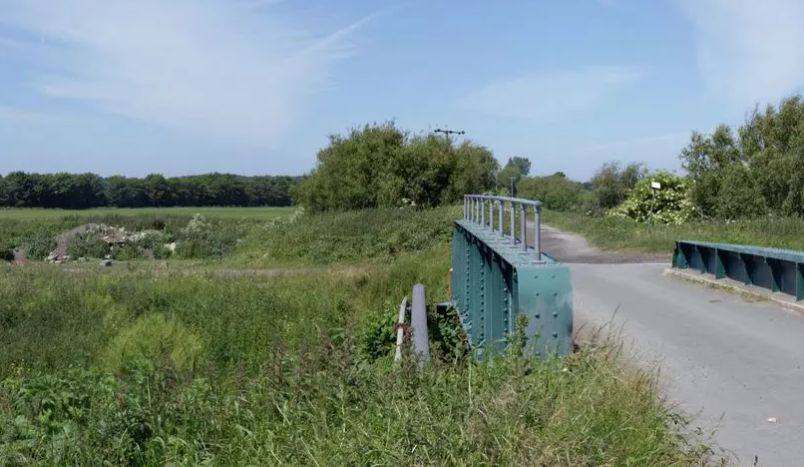A brand new solar farm next to Formby Bypass could generate enough electricity to power 2,500 homes per year.
Proposals for the scheme at Tip Field, south of North Moss Lane in Formby, near RAF Woodvale, are recommended for approval when they come before Sefton Council’s Planning Committee at Bootle Town Hall next Wednesday (23rd July 2025).
Planning permission was granted in June 2020 for the facility to be built on 8.16 hectares of land.
Taiyo Power & Storage Limited has now applied to Sefton Council for planning permission to increase the lifetime of the solar farm to 40 years from when it is constructed.
The firm says the development will help to provide green energy into the National Grid, at a time when Sefton Council has declared a Climate Emergency.
The solar farm would generate sufficient energy for over 2,500 homes per annum through its lifetime and is projected to result in a reduction of approximately 3,208 tonnes per annum of carbon dioxide per year when compared to electricity from fossil fuels, which represents a significant saving.
The site has been used as pasture for livestock grazing.
The land was used as a refuse tip during the 19th century, as reflected in the site name.
In their report, Sefton’s Planning team said: “This application seeks approval for the installation of a 9MWp solar farm across three parcels of land to the south of North Moss Lane, Formby within designated Green Belt.
“The main issues to consider in respect of the proposal are the principle of development, the impact on the Green Belt and the impact on Ecology.
“While considered to be inappropriate development that causes intrinsic harm to the openness of the Green Belt it is considered that the benefits arising from the scheme from the production of energy from a renewable source and significant enhancement of biodiversity demonstrate ‘very special circumstances’ that outweighs the harm.
“Delegated approval is therefore sought subject to referral to the Secretary of State as the proposal is a departure from the Local Plan.”
“The anticipated 9MWp capacity of the proposal could generate sufficient energy for over 2,500 homes per annum, based on an annual average consumption of 3,300kWh of electricity of a house (noting that Ofgem has a typical use between 1,800 – 4,100kWh), with the resultant reduction in carbon dioxide that would have been created from electricity generated from fossil fuels thereby supporting renewable energy targets, locally, nationally and internationally.
“This matter is considered to have significant weight in the planning balance.
“ The proposal would allow for continued grazing of the land around the panels while the less intensive agricultural use of the land would give rise to biodiversity and ecological enhancements.
“The proposal is also likely to create jobs during the construction and ongoing operation of the installations that would have an economic benefit.”
The proposed development comprises a 5.62MWp solar photovoltaic (PV) array, with associated infrastructure to enable the export of renewable energy to the National Grid.
The scheme is anticipated to generate approximately 5,038MWh of renewable energy per year.
In its application, Taiyo Power & Storage Limited said:
“During the proposed extended period of operation, the solar farm will continue to make a positive contribution to meeting renewable energy generation targets, reducing greenhouse gas emissions associated with fossil fuelled electricity generation and contribute to security of supply.
“In doing so, it can assist Sefton District Council in responding to the Climate Emergency, which they declared in July 2019 to highlight the importance and significance of climate change and biodiversity.
“This application takes the opportunity to extend the operational period to maximise the renewable energy generated from the installed energy infrastructure to assist in the UK’s policy requirement to be net zero by 2050 and make use of the more efficient technology that the solar sector now utilises. An increase in the operational period will deliver additional significant benefits from the solar farm.
“At the end of the temporary planning permission, the solar farm would be decommissioned and removed from the site and the land could once again be returned to agricultural production.”
The size of the development will comprise 16,500 number of 300Wp solar PV modules, with rows of panels which will not exceed 2m in height approximately.
The firm said that “due to the panel height not exceeding the approximate height of 2.2m the visual impact of this proposal on the wider landscape will be limited whilst utilising what is currently poor agricultural land.”
Do you have a story for Stand Up For Southport? Do you need advertising, PR or media support? Please message Andrew Brown via Facebook here or email me at: mediaandrewbrown@gmail.com






